
PixelOS, the journey so far
PixelOS began with its roots in the Davinci community (the Redmi K20/Xiaomi Mi 9T) starting with Android 10. The idea behind the project was to provide an experience as close to Google Pixel phones as possible while still adding a small amount of features that are useful every day to users, as well as some performance enhancements for a better experience when using it. Pixel Experience was chosen as a base for this, as it was a clean and minimal ROM that provided a solid base to add features to. This continued on with Android 11 where word spread about PixelOS to other communities, and soon developers began to build it for other devices as well. With Android 12, the project grew substantially into what it is now, with many talented developers coming together to add more quality of life features and to introduce new bleeding edge enhancements as soon as they were available, resulting in the optimised and performant PixelOS we have now.
What's next for us
With Android 13, we are going to be rebasing from Pixel Experience to pure AOSP with our own added touches on top. The reason for this being that with the accumulated skills and knowledge of the much larger team we have now, we have our own processes and ideas for doing things in ways that may not always align with what Pixel Experience chooses to do. At this point it's only right to thank Pixel Experience for their hard and excellent work that has let PixelOS become what it is now, as it wouldn't have been possible without them.
What does rebasing on AOSP mean for PixelOS though? It provides numerous benefits for us, allowing full control of how the ROM is built from the ground up, letting us refine the build process further and allows easier additions, enhancements and optimisations in terms of adding or improving features in our own ways. The aim is to provide an even more clean and performant build of Android while still keeping the look and feel as well as the features you know and love.
When will it be released?
We focus on stability and reliability, we want our "stable releases" to be actually stable enough for using it as a daily driver. For this, we would like to take our time with testing. The new PixelOS based on Android 13 will start to rollout for supported devices by Mid-September. Our unofficial maintainers can also expect the source to be made by available to them around the same time. The devices which are stable will release first and gradually the rest. We ask everyone to allow your maintainer to take their own time and not spam for ETA.
This marks the end of development on PixelOS Android 12, we thank all our supporters for being with us. All Android 12 download links are here to stay, they will not be down anytime soon. Android 13 marks a historical milestone for us and we can't wait, just like you. We will be back with another blog to explain more about the September 2022 release of PixelOS.
Some Teasers!
 Xiaomi 11 Lite NE 5G
Xiaomi 11 Lite NE 5G Redmi Note 10 Pro/Max
Redmi Note 10 Pro/Max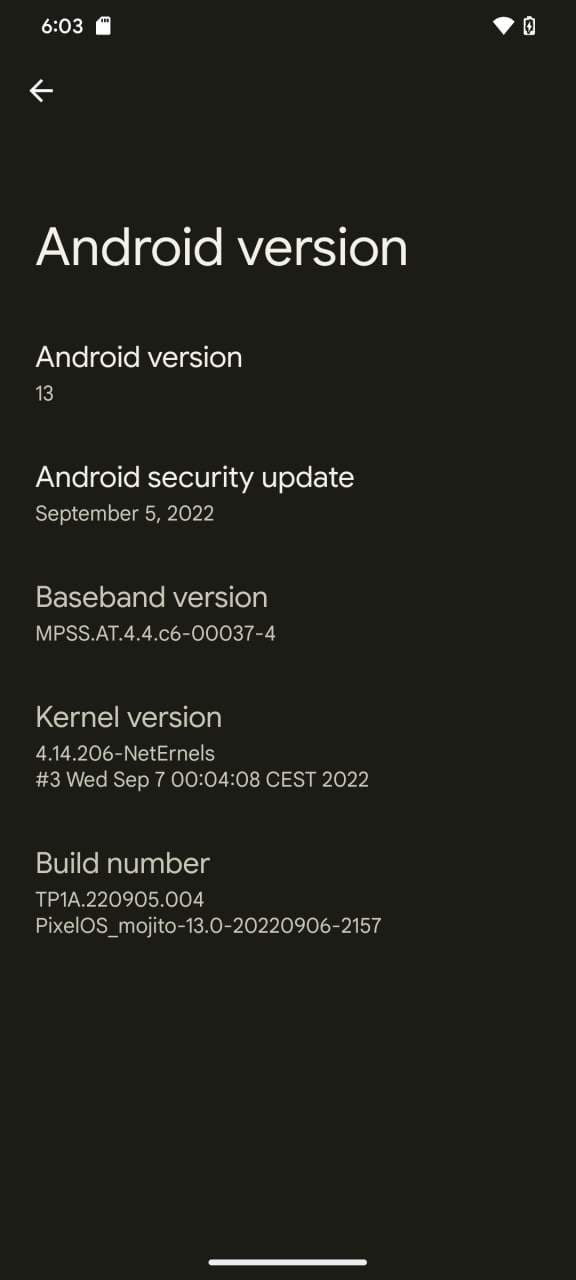 Redmi Note 10
Redmi Note 10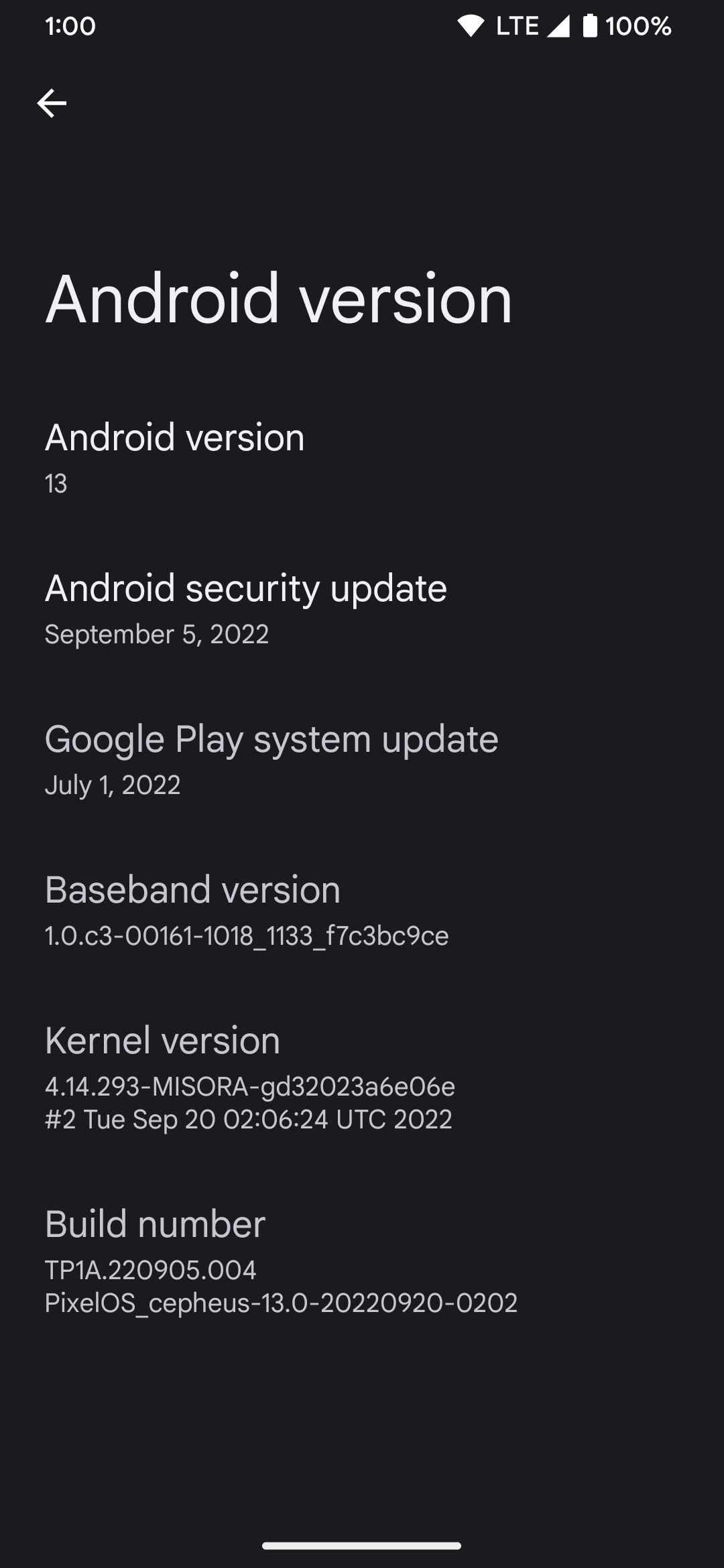 Xiaomi Mi 9
Xiaomi Mi 9 Redmi Note 8/8T
Redmi Note 8/8T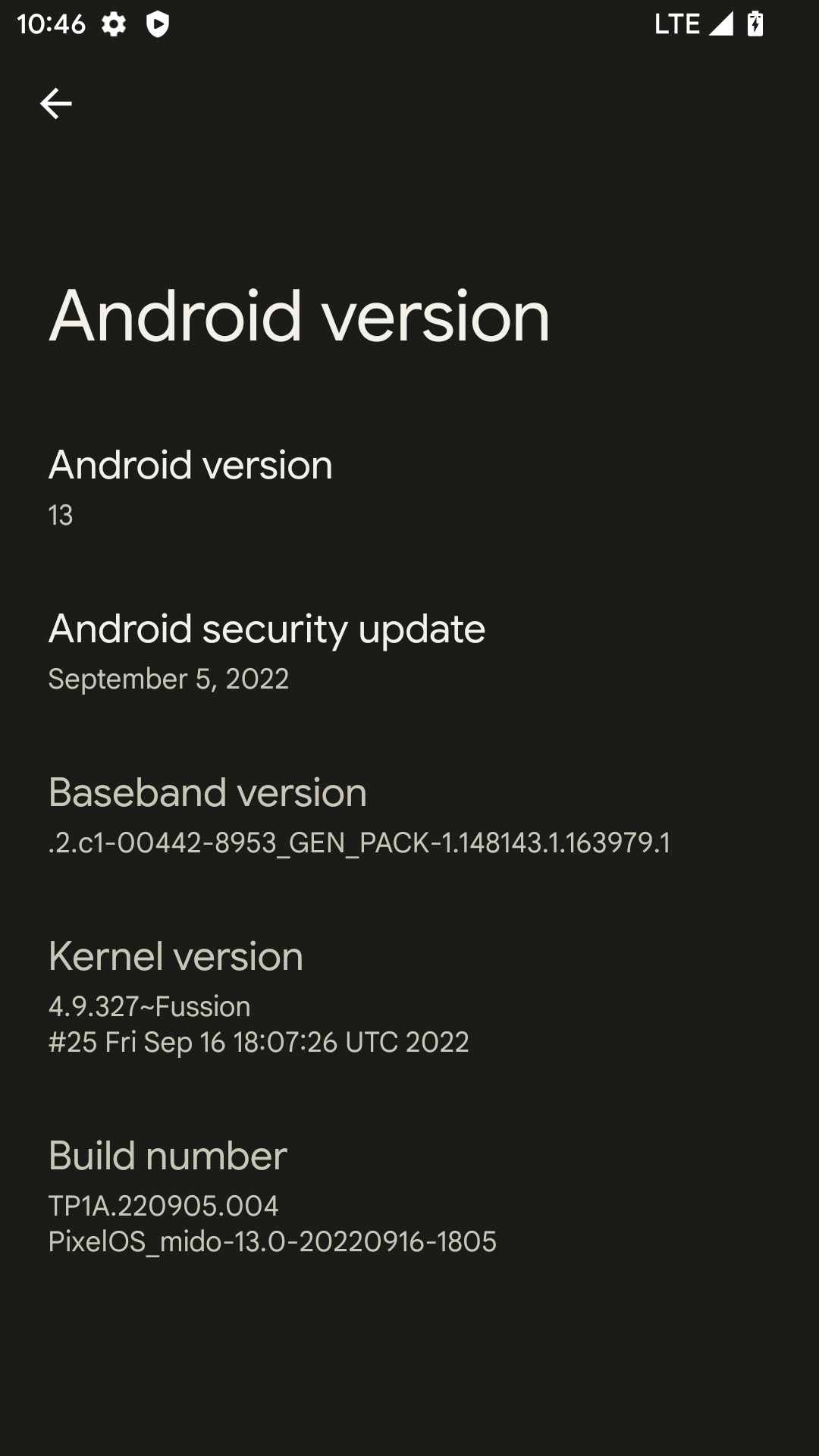 Redmi Note 4/4x
Redmi Note 4/4x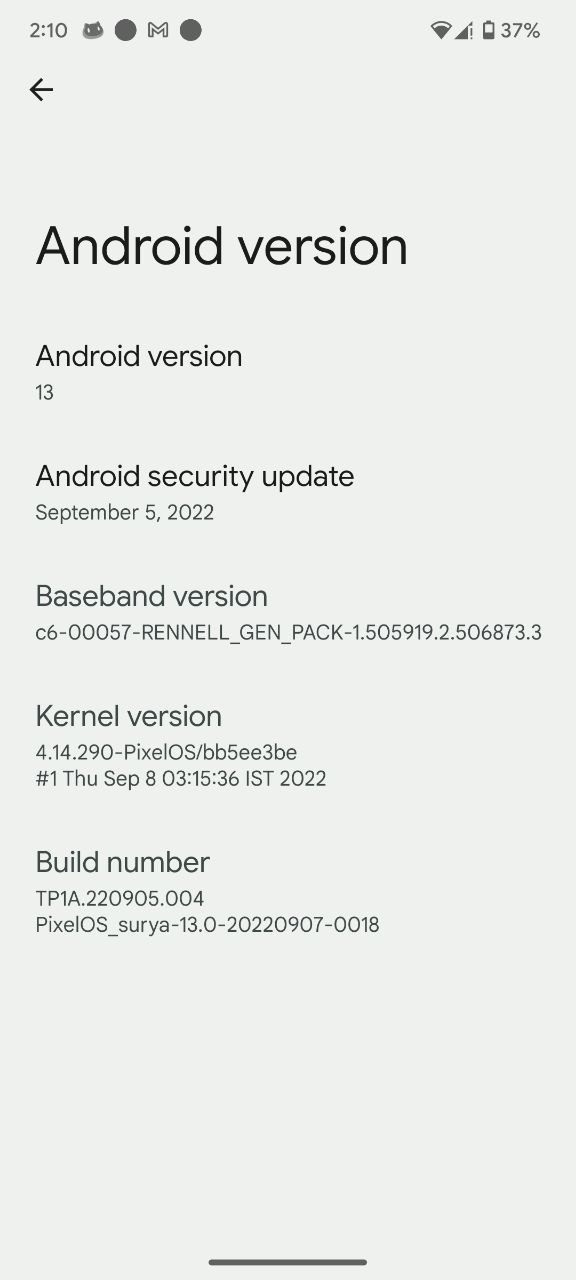 Poco X3
Poco X3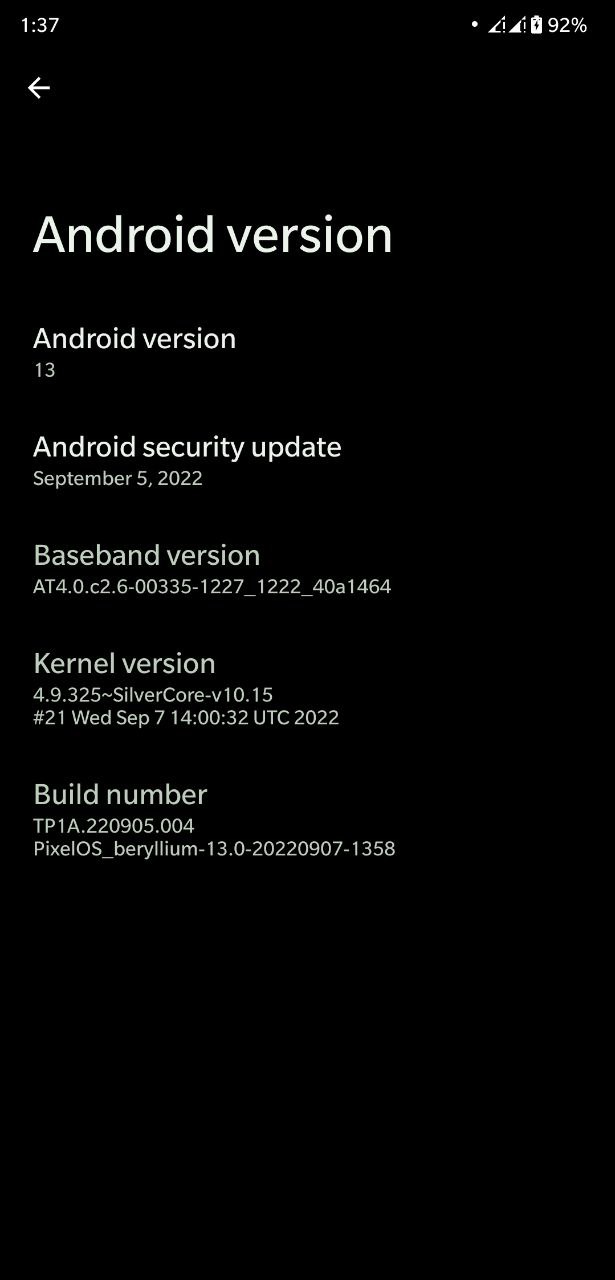 Poco F1
Poco F1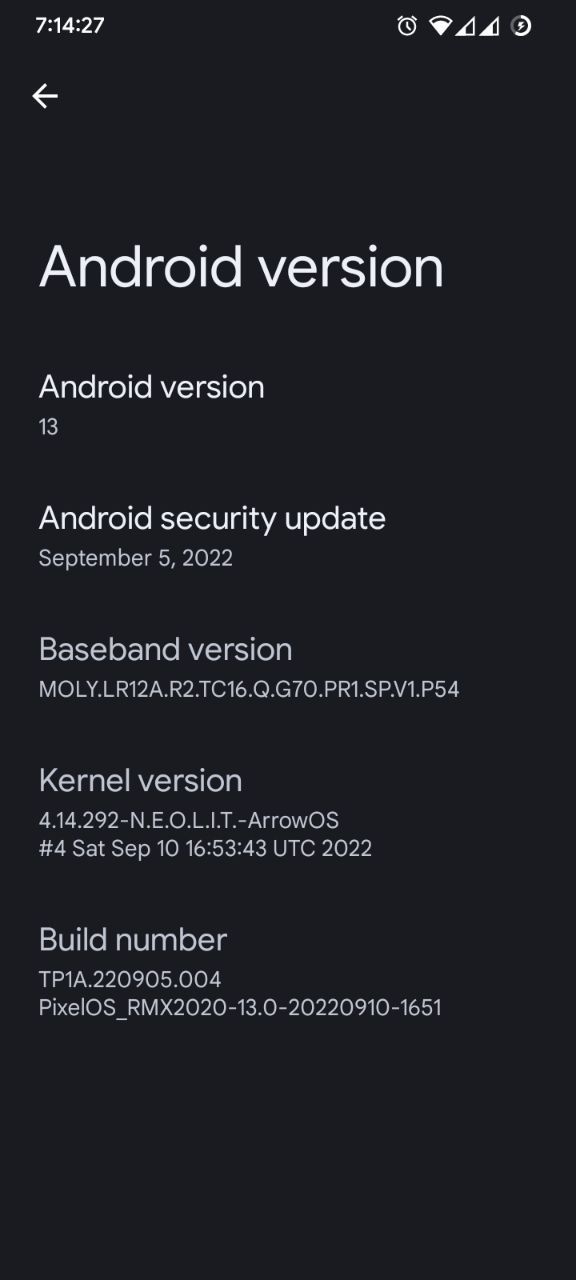 Realme C3/Realme Narzo 10A
Realme C3/Realme Narzo 10A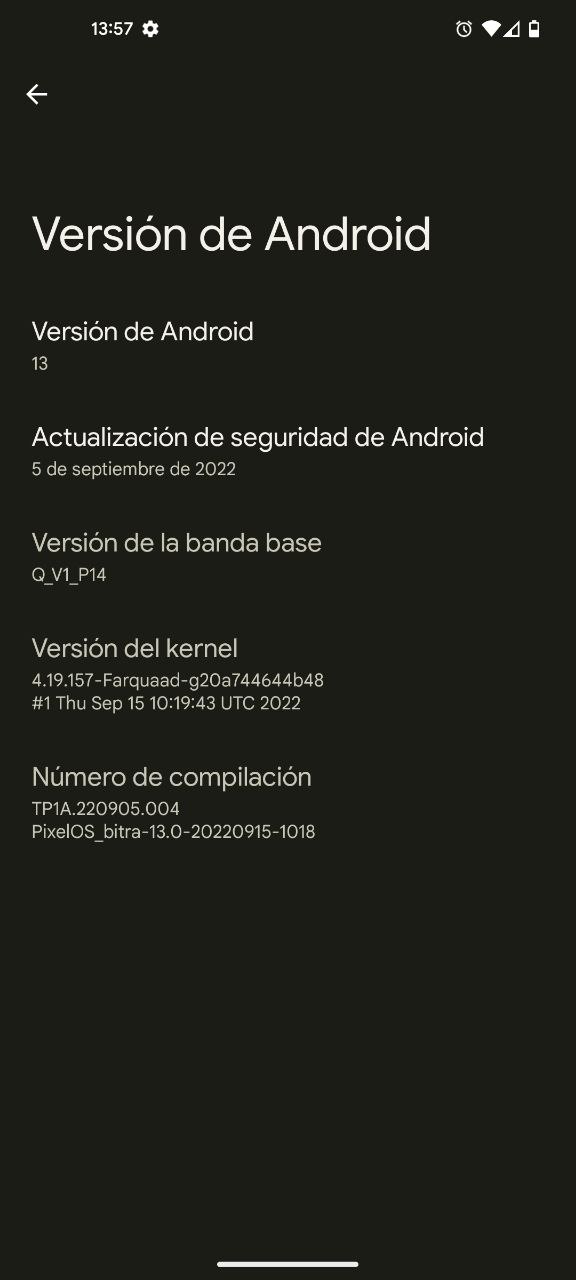 Realme GT Neo 2
Realme GT Neo 2The screenshots are from beta versions of PixelOS and may not be an exact representation of the release version.
![]()












